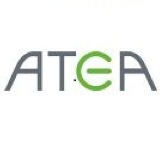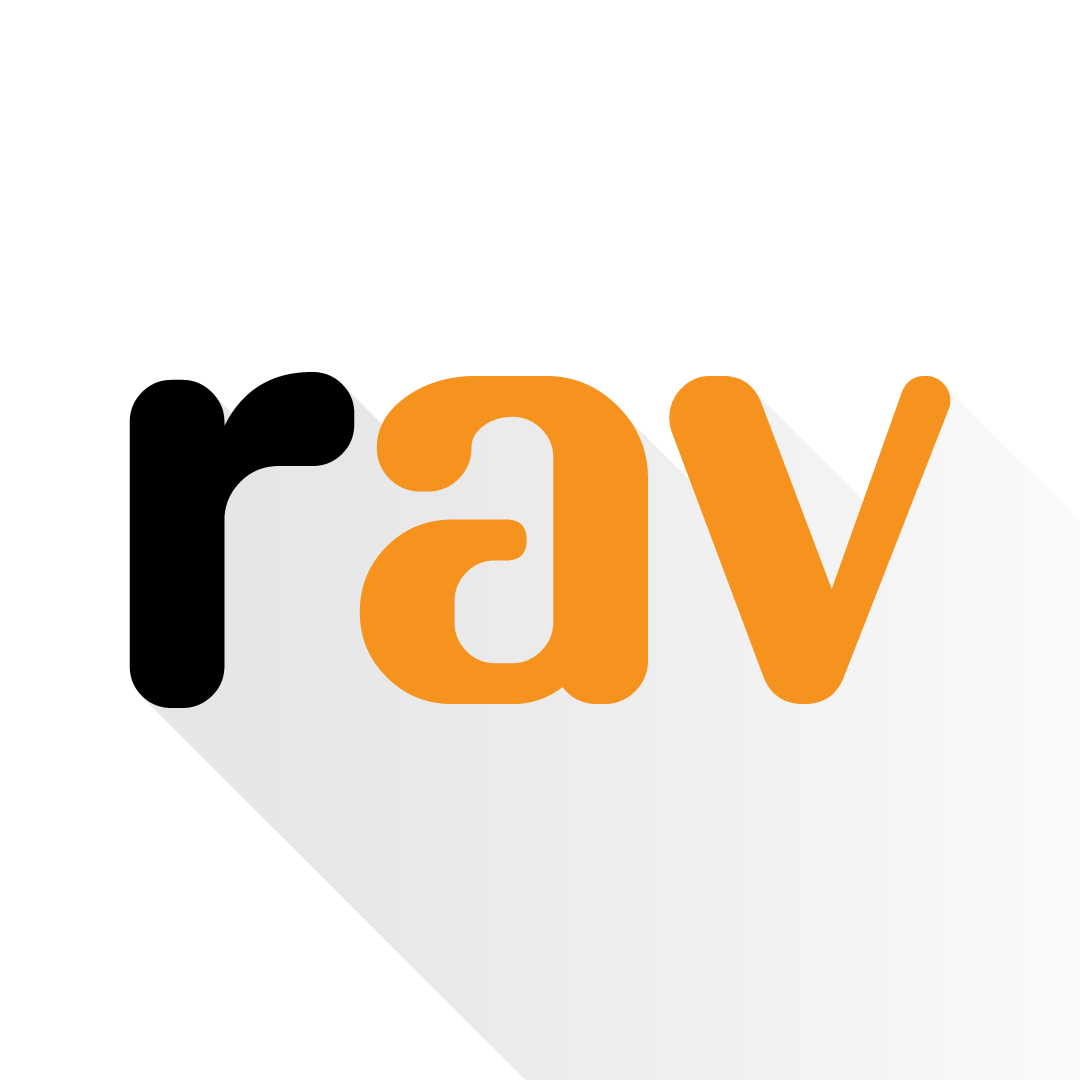Information
-
Project title
-
This checklist is intended to provide owners, consultants and integrators with comprehensive verification criteria to determine if the audiovisual system achieves the clients goals or objectives and that the system performs in accordance with the system design. By providing this list to the audiovisual industry, InfoComm is establishing a set of commissioning guidelines to help industry professionals and their clients communicate effectively about their expectations for system performance.
In many projects, not all tests are required for each system or circumstance. Owners and designers can elect to include or exclude certain criteria, as they may not be meaningful for a particular system. In some instance, certain performance capabilities are less critical and therefore stringent review of those capabilities is unnecessary. In other instances certain elements of the system may require more critical review, and the performance of the aspects of systems may need to exceed the general guidelines outlined here. The verification process free system should be an agreed-upon set of tests between the client and the designer. -
Location
-
Designer
-
Integrator
-
Description
-
Site images
-
Architect
-
Conducted on
-
Client / Site
-
Personnel
-
Prepared by
-
Signature of Person Completing the checklist
Audio Performance
-
All audio performance tests are made from all electronic system inputs (first physical output of source media, all I/O plates, Mike inputs) to all electronic system outputs (all outputs connected to amplifier inputs, all connections to external facilities to other rooms), buildings or external services such as broadcast connections.
-
AP – 104: Audio Signal Transport
-
Verify that audio signal is being distributed accordingly through the system as defined in the project documentation.
-
AP – 115: Physical Loudspeaker Alignment
-
Verify that loudspeakers are placed and aimed as defined in the project documentation.
-
AP – 117: Loudspeaker Polarity
-
Verify that all loudspeakers are tested to ensure they all have correct polarity as defined in the project documentation.
-
AP – 126: Audio Buzz and Rattles
-
Verify that no audible noise caused by improper installation of any equipment provided in completed system is evident. Perform buzzes and rattles test, monitoring for both direct, or indirect, unintended noise generated as a result of the AV system operating within its design parameters in the room environment. Noise that may be present as a result of non-AV system related sources (for example: air handler rattles due to excessive volume of air through it is not in scope with this verification.
-
AP – 133: Test Audio Routes
-
Verify that all audio routes are tested from endpoint to endpoint via the appropriate midpoints for operation and routing as defined in the project documentation.
Video performance
-
All video performance tests are made from all electronic systems inputs (first physical output of source media, all I/O plates) to all electronic system outputs (all outputs connected to display inputs, all connections to external facilities (to other rooms, buildings or external services such as broadcast connections).
-
VP – 100: Video System Pixel Failure Tolerance
-
Verify that all displayed images do not have pixel failures (bright or dead pixels) that exceed the requirements of the project documentation or the manufacturer's specifications.
-
VP – 102: Image Geometry
-
Verify that all display images are correctly focused have the correct image geometry and are free from distortion (e.g. stretching, Keystone, Barrel/pin cushion). Any requirements for projection mapping or image shaping to unusual surfaces should be validated in accordance with the requirements of the project documentation.
-
VP – 103: Projected Display Brightness Uniformity
-
Verify that the combined installation of projector and screen provides a display to viewer that meets the project requirements for uniformity of brightness across the area of the display.
-
VP – 104: Image Size Relative to Viewer Position
-
Verify that the displays are sized appropriately to the distance relative to the viewer as defined in the project documentation.
-
VP – 105: Test Video Routes
-
Verify that all video routes are tested from endpoint to endpoint via the appropriate midpoints for operation and routing required by the project documentation.
-
VP – 106: Colorimetry
-
Verify calibration of all video displays to ensure the display colors uniformly to a common reference standard as defined in the project documentation.
-
VP – 107: Projected Image Contrast Ratio
-
Verify that the system should conform to the appropriate viewing category as defined in the project documentation and/or as verified by and ANSI/InfoComm 3M – 2011, documented project specific requirements will supersede ANSI/InfoComm 3M – 2011, however it is strongly recommended that the testing methodology from ANSI/InfoComm 3M – 2011 Be utilized. The projected image contrast ratio should be measured for all project images within the system.
-
VP – 108: Multiple Resolution Performance of Video Displays
-
Verify that the system Displays all resolutions required by project documentation on all displays within the system. Consideration should be given to maximum resolution and aspect ratio of each display to ensure that the anticipated resolutions are within display tolerances of the display devices. Any variation other than accurate display of resolution should be documented in the test report such as pixel shift, geometric distortion, artifacts from scaling, letterboxing, pillarboxing, window boxing, or similar distortion of the image.
Audio/Video performance
-
AVP – 101: Audio/Video Sync
-
Verify that audio/video synchronization is maintained to ensure the proper time alignment of signals during playback at the point of user experience or transmission as defined in the project documentation.
-
AVP – 104: Source Testing
-
Verify that "real-life" sources other than test generations have been tested on the completed system using the common communications and/or media types the system is designed to support as defined in the project documentation.
Cable management, termination, and labeling
-
CABL – 100: Cable Supports
-
Verify that all cables are adequately supported throughout their links as defined in the project documentation.
-
CABL – 101: AV Connector Verification
-
Verify that all cable terminations are made securely and meet the recommendations of the connector and cable manufacturer, publish standards, as well as in accordance with requirements defined in the project documentation. Verify that terminations are appropriate for application with correct pin configuration and connection to equipment with a minimum of adapters.
-
CABL – 105: AV Connector Seating
-
Verify that all connectors are correctly keyed, seeded, and latched to respective connection points as defined in the project documentation. Conditions where physical parameters exceed the connectors ability to maintain full seating should be resolved as defined in the project documentation.
-
CABL – 109: AV Connector Plate Consistent Labeling
-
Verify that AV connector plates have consistent labeling throughout the project as defined in the project documentation. Verify that all connector plates are given unique identifiers and that this identifier is used as defined in the project documentation. Verify connector plate labeling is consistent with control surfaces.
NOTE: Unique identifier should be permanently marked on finished plates unless there are aesthetic reasons not to. -
CABL – 111: Cable separation
-
Verify that both site and rack cables have appropriate separation according to signal type and level as defined in the project documentation.
-
CABL – 114: Termination Stress
-
Verify that all cable terminations have been completed and adequately supported so as to minimize weight or stress on the termination point and/ or connector.
-
CABL – 116: AV System Cabling Verification
-
Verify that all cabling is of the correct type and routed correctly from point-to-point as defined in the project documentation.
Electrical
-
ELEC – 100: AV Equipment Connected to Proper Circuit
-
Verify that all AV equipment is powered from the designated power circuit and outlet as defined in the project documentation. No additional (non-AV) equipment should be connected unless permitted in the project documentation.
-
ELEC – 103: Grounding/Earthing
-
Verify that all elements of the audiovisual system are correctly bonded to an electrical ground earth in accordance with the requirements of regulatory authority.
Physical environment
-
PHYSE – 102: Floor Boxes/Wall Boxes/Ceiling Boxes
-
Verify that installed floor, wall and ceiling boxes meet project documentation and regulatory authority requirements.
-
PHYSE – 105: Structural Mounting
-
Verify configuration and compatibility for structural accommodations and all mounting hardware based on the intended application. All equipment mounting hardware shall be installed in the manner specified by the hardware manufacturer.
-
PHYSE – 107: Vibration
-
Verify that the physical environment is suitable for the intended A/V systems in relation to all sources of vibration affecting visual fidelity/stability of equipment such as videoconferencing cameras, document cameras and fix screen and projector locations.
-
PHYSE – 108: Lighting
-
Verify that the lighting systems are suitable for the intended video and control systems for each type of application (e.g. Videoconferencing, presentation, broadcast, performance) as defined in the project documentation.
-
PHYSE – 109: Clean Building Handover
-
Verify that the area is clean and dust free and suitable for equipment installation and that no further work is planned that will release contaminants into the AV equipment area. Verify that the area released is isolated from any areas not yet released.
-
PHYSE – 110: Protection of Installed Equipment
-
Verify that all elements of the AV system are free of damage.
-
PHYSE – 111: Finishes
-
Verify AV equipment, furniture, fixtures, and accessories against the project documentation.
Physical installation
-
PHYSI – 101: AV Equipment Located Per Project Documentation
-
Verify that AV equipment is installed at the location and/or in the rack or enclosure defined in the project documentation. Equipment is installed per the elevation or other specification provided by the project documentation or the manufacturer specification.
-
PHYSI – 102: AV Equipment Labeling
-
Verify that all AV equipment has been labeled in accordance with the requirements of the project documentation. All labeling must be consistent, durable, accurate and visible without dismantling of subassemblies, including but not limited to racks and desks.
-
PHYSI – 106: Optical Components Cleanliness
-
Verify that all optical components, such as lenses and mirrors, or free from dirt, dust, damage, or markings that would compromise the optical performance of those system components.
-
PHYSI – 108: Non-End User Controls Protection
-
PHYSI – 109: Equipment Security
-
Verify that equipment in the project is secured per the project documentation. All security systems, devices and manufacturer security accessories are installed and verified to be operating correctly within manufacturer specification.
Verify the key devices have been keyed as defined in the project documentation and other devices requiring configuration have been configured per the project documentation and are verified to be operating within specification. -
PHYSI – 111: Handling of Accessories Otherwise Undefined
Documentation
-
DOC – 103: Final Acceptance
-
Verify that a final acceptance of the project has been issued by the owner or owners representative, acknowledging that the project is 100% complete and all required deliverables, services, checklists, testing, verification and sign offs have been received, and all requirements defined in the project documentation have been satisfied and completed.
-
DOC – 105: Site Inventory of AV Equipment
-
Verified all equipment is in shop or on site as defined in the project documentation. List all equipment in system NOT present, and why.
-
DOC – 106: Owners Testing
-
Verify that any owners testing requirements defined in the project documentation have been performed and approved.
-
DOC – 109: Consultants Testing
-
Verify that any Consultants testing requirements defined in the project documentation have been performed and approved.
-
DOC – 117: Users Manuals
-
Verify that manufacturer's users manuals are delivered to the owner in a format defined in the project documentation (binders, PDFs, Etc). Or disposed of in a responsible manner (recycling), if the owner specifies that they do not wish to receive the manuals.
Integrator or programmer created manuals and documentation shall be delivered to the owner in a format defined in the project documentation. -
DOC – 118: Warranties
-
Verify that the manufacturer's product warranty cards are provided to the owner. The owner shall be notified of the effective start date of the warranties and the coverage period.
Extended warranties that require activation shall be activated by the integrator or otherwise as defined in the project documentation. If activated by the integrator, proof of activation and effective coverage dates will be provided.
Integrator provided warranties on labor and workmanship shall be provided to the owner with an effective start date and coverage period.
Integrator provided extended warranties on products shall be provided to the owner with an effective start date and coverage period.
Third-party warranty information shall be provided to the owner with an effective start date and coverage period. -
DOC – 119: Final Commissioning Report and System Turnover
-
Verify that the final commissioning report has been completed, issued to the proper entity, and accepted as defined in the project documentation.
-
DOC – 120: Required Close Out Documentation
-
Verify that a complete set of as built system documentation has been provided as defined in the project documentation













